Every parent knows the drill — you hand your child a water bottle, and five hours later, it’s still full. Hydration often slips through the cracks of playtime, naps, and school routines, but the truth is, kids are more prone to dehydration than adults. Their little bodies have a higher water turnover, and they don’t always recognize thirst until it’s too late.
According to the American Academy of Pediatrics, even mild dehydration can impact a child’s mood, focus, and physical well-being.
Read below this article to explore the signs of dehydration in kids and how you can avoid it.
Early Signs of Dehydration in Kids
Here are the early signs of dehydration in kids.
- Dry Mouth and Lips: If your child’s lips are cracked or their mouth looks parched, this could be dehydration knocking at the door.
- Less Frequent Urination: Fewer wet diapers or fewer trips to the bathroom during the day are signs your child’s fluid intake is too low.
- Dark Yellow Urine: Healthy, well-hydrated kids usually produce light, straw-colored urine. Dark yellow or amber is a big red flag.
- Fatigue and Dizziness: When dehydration sneaks in, the body runs low on energy. If your usually active child is dragging their feet, it could be more than just a “lazy day.”
- Crying Without Tears: One of the clearest warning signs, especially for infants, is tearless crying — a little heartbreaking and a strong hint that fluids are urgently needed.
Signs of Severe Dehydration
Sometimes dehydration moves from mild to severe faster than you’d think, especially if your child has been sick with diarrhea or vomiting. Severe dehydration can show up with symptoms like:
- Sunken eyes or soft spots on an infant’s head
- Rapid breathing or heartbeat
- Cold hands and feet
- Listlessness or confusion
- No urination for over 8 hours
Tips To Avoid Dehydration in Kids
Now that you know what to watch for, let’s talk about prevention — because staying ahead of dehydration is far easier than treating it.
Make Water the Hero
While juice and flavored drinks might seem tempting, plain water is always the best bet. Encourage your child to sip water before they even feel thirsty. Experts suggest that kids aged 4 to 8 need about 5 cups of fluids a day, while older kids need 7 to 8 cups, depending on activity levels and weather.
Hydrating Foods Are Your Friends
Watermelon, cucumber, oranges, strawberries, and grapes are nature’s sneaky way of packing hydration into snack time. These foods are made up of more than 80 percent water and help balance fluid intake in a fun and tasty way.
Remind, Remind, Remind!
Kids can get so wrapped up in play that they forget about drinking. Set visual cues, like colorful bottles, or offer water during transitions — for example, after homework, before outdoor play, and before bedtime.
Watch the Weather
Hot and humid days, especially during sports or outdoor fun, can accelerate fluid loss. Encourage water breaks every 15 to 20 minutes during active play in the sun, even if your child says, ‘I’m not thirsty.’
Use Electrolytes When Needed
If your child is sweating heavily, sick with diarrhea, or under the weather, plain water might not be enough. Pediatric electrolyte solutions can help replace lost salts and minerals, which are just as vital as the water itself.
Conclusion
The human body is a remarkable machine, but it runs on water like a car runs on fuel. Kids, in all their boundless energy and curiosity, don’t always realize when the tank is running low. As parents, the goal is to turn water into a healthy habit rather than a last-minute rescue.
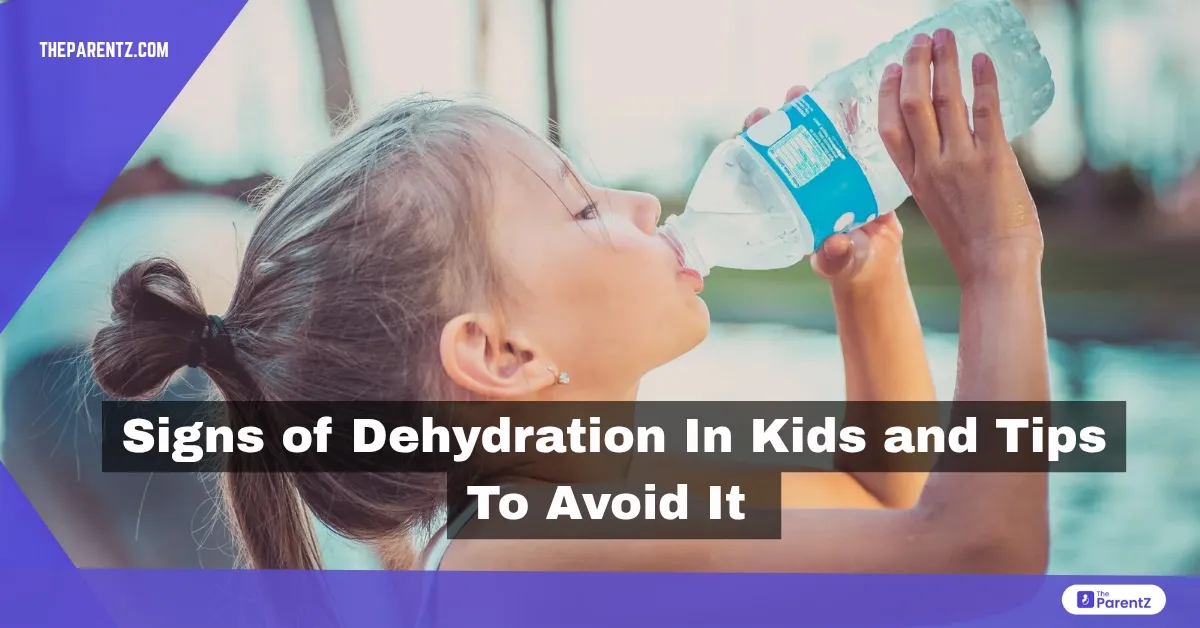

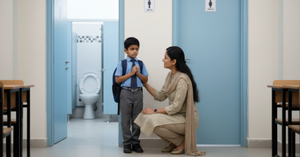
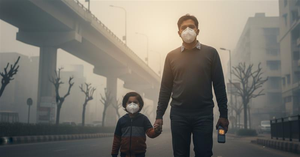
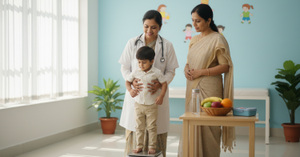
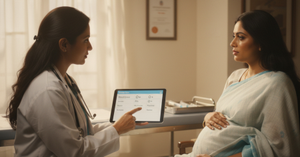

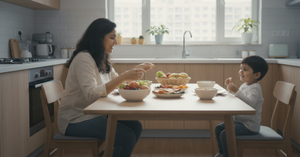
Be the first one to comment on this story.